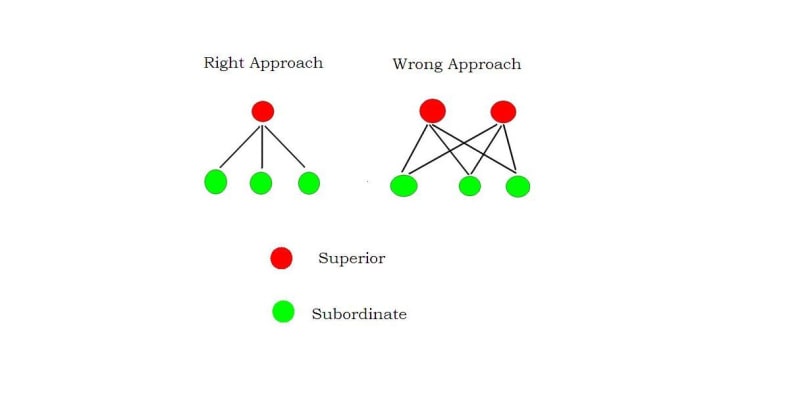ThinCap
Mechanical
- Oct 17, 2019
- 34
Since I started working at this new place, I found many interesting things I never experienced before (I posted some here already). So here is another one:
I am a design engineer. Now I found my manager can go to a drafter directly to make designs/drawings without my knowledge. And none of them have any engineering training/knowledge...
Is is normal in your company too?
I am a design engineer. Now I found my manager can go to a drafter directly to make designs/drawings without my knowledge. And none of them have any engineering training/knowledge...
Is is normal in your company too?

